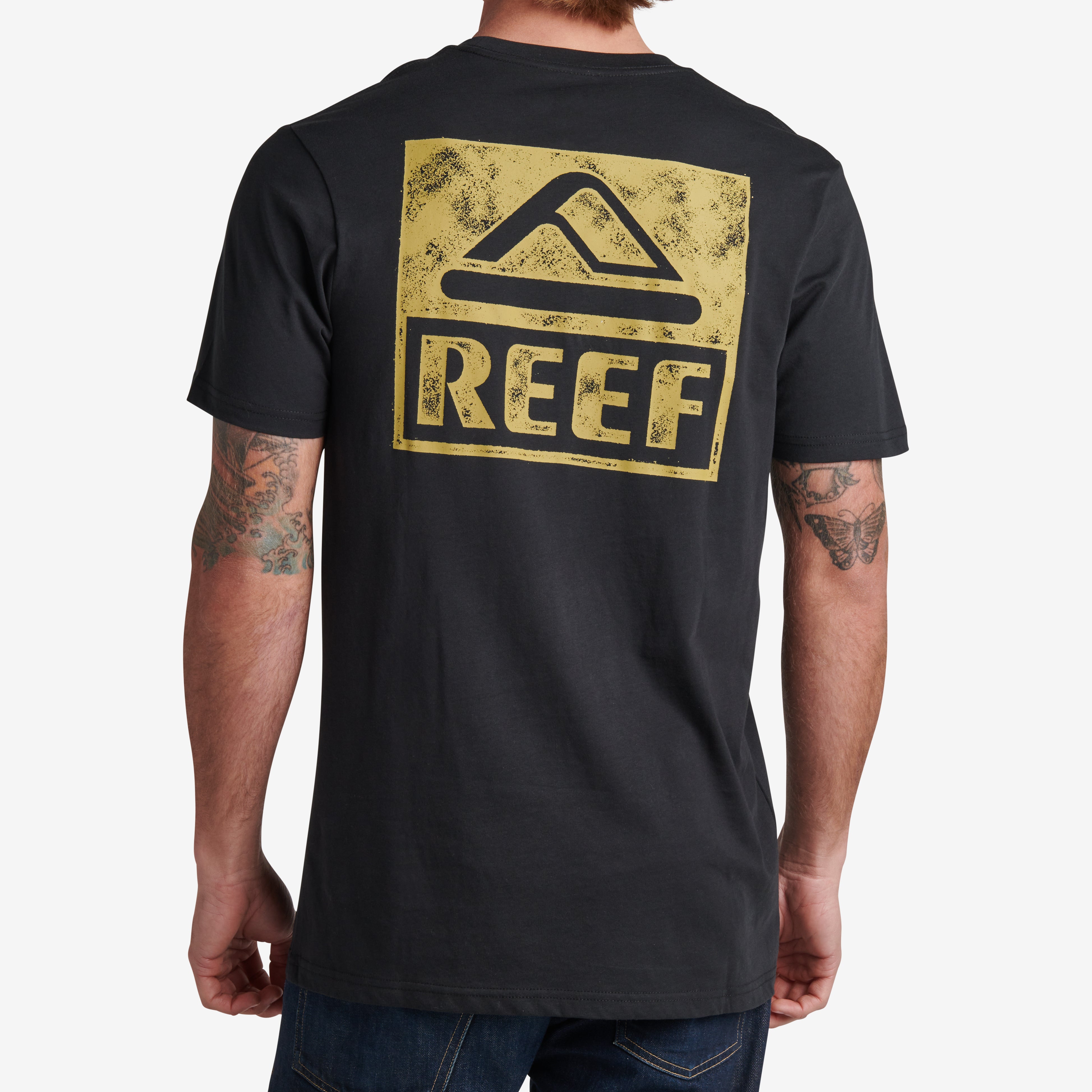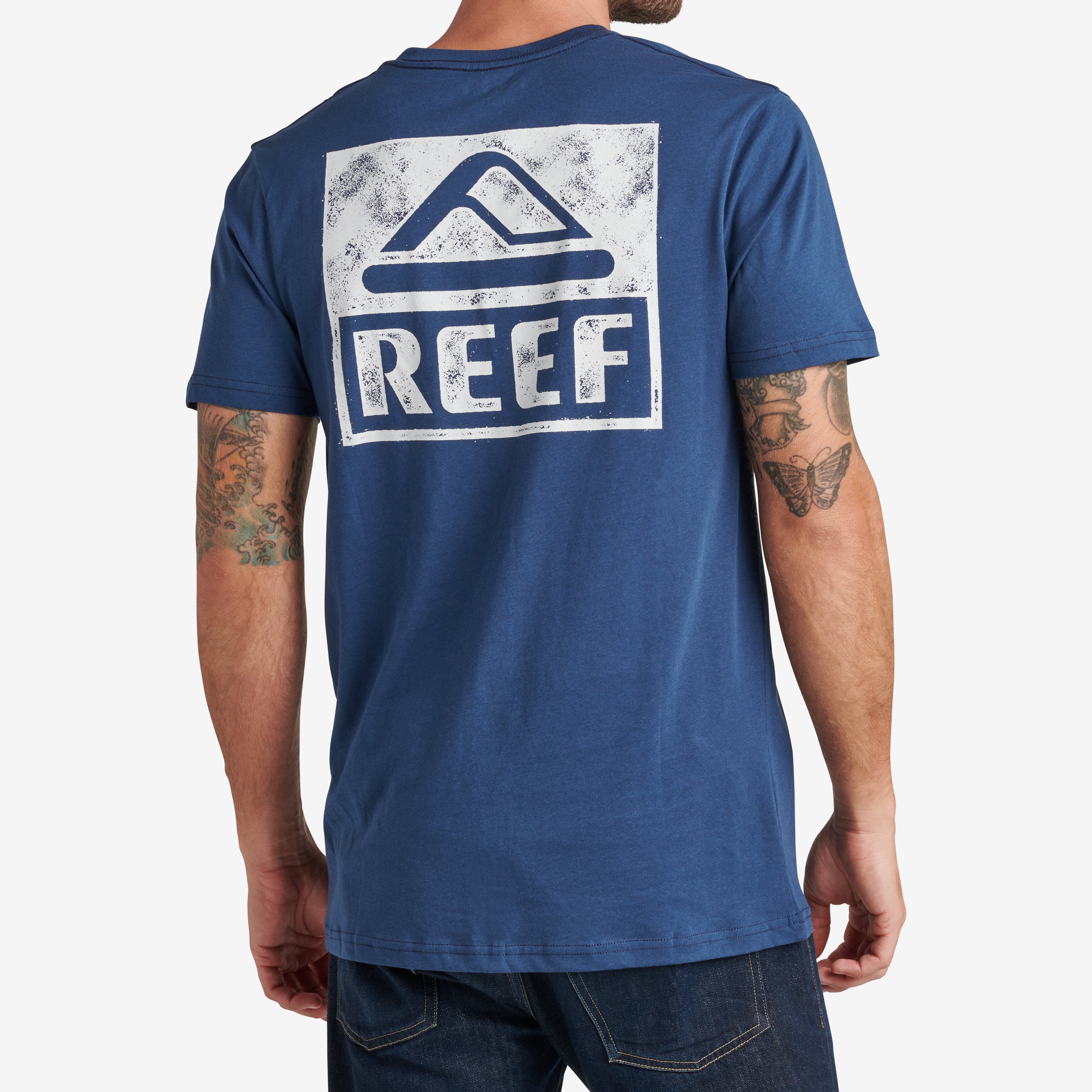Japan has an array of both urban activities and adventures for anyone
seeking uncrowded waves or wild lands. Japanese culture is thoughtful,
neat and welcoming. There is no shortage of effort put into the food,
or city planning. Everything flows with beauty and perfect timing.
Everything from flawless surf, hiking trails, snowy mountains, and
city sight-seeing can be found with ease.
Words by Anna Ehrgott
Photos by @charfilm
 What to bring:
What to bring:
Shortboard, fish/longboard, camera, Reef Rover Hi LE sandals,
clothes for warm weather, rain gear, bikinis/board shorts and a
wetsuit if you intend to get further north or visit during winter time.
 Where to go:
Where to go:
Amami Ōshima Island - named after a Japanese Goddess, and
understandably so. This subtropical island is incredibly lush and
beautiful. It’s a picture perfect surf destination complete with
turquoise swells wrapping around countless reefs and sandbars along
the island’s oblong Pacific Coast. The crowds are mellow, and locals
are welcoming. The island hosts perfect setups for stand up barrels or
fun little inside nose ride sections.
 With such clear water visibility, diving is popular here. Our swim
With such clear water visibility, diving is popular here. Our swim
just off the coast was accompanied by reef sharks, sea turtles, sea
snakes, schools of huge fish and jellyfish.
 Toyko
Toyko
Situated just over an hour from the Pacific Ocean on Japan’s largest
island, Honshu. Tokyo is the most densely populated city in the world,
but remains orderly and digestible, even for those who wouldn’t
consider themselves “city-folk”.
 Kanagawa
Kanagawa
An hour south of Tokyo. The relaxed atmosphere is perfect for
surfing, cruising, and brunching at the multiple cafes overlooking the
beaches. The beach breaks here cater to longboarders during the the
smaller summer months, but it gets pretty heavy around there on winter swells.
 What to eat:
What to eat:
Food is a huge part of Japanese culture. Most of the cuisine is big
on fish.. for breakfast lunch and dinner. The average Japanese meal
includes a few courses, most of them unidentifiable to the average
American tourist (myself included), but with an open mind and a
developed palate, you’re in for a treat. The seaweed dishes and fresh
passionfruit were incredible!
 Season/Weather:
Season/Weather:
The Japanese Islands closest to the equator are tropical, but on the northernmost islands you could find yourself trudging through snow on the beach during the winter months. The end of summer into fall is generally the most pleasant.
 Best season for waves:
Best season for waves:
Luckily the weather coincides with the best surf season. The summers are muggy, but autumn brings moderate temperatures, and even the winter is mild on Amami Ōshima and other southern islands. August usually marks the start of the Typhoon swells; welucked out timing our trip with the first typhoon of the season






